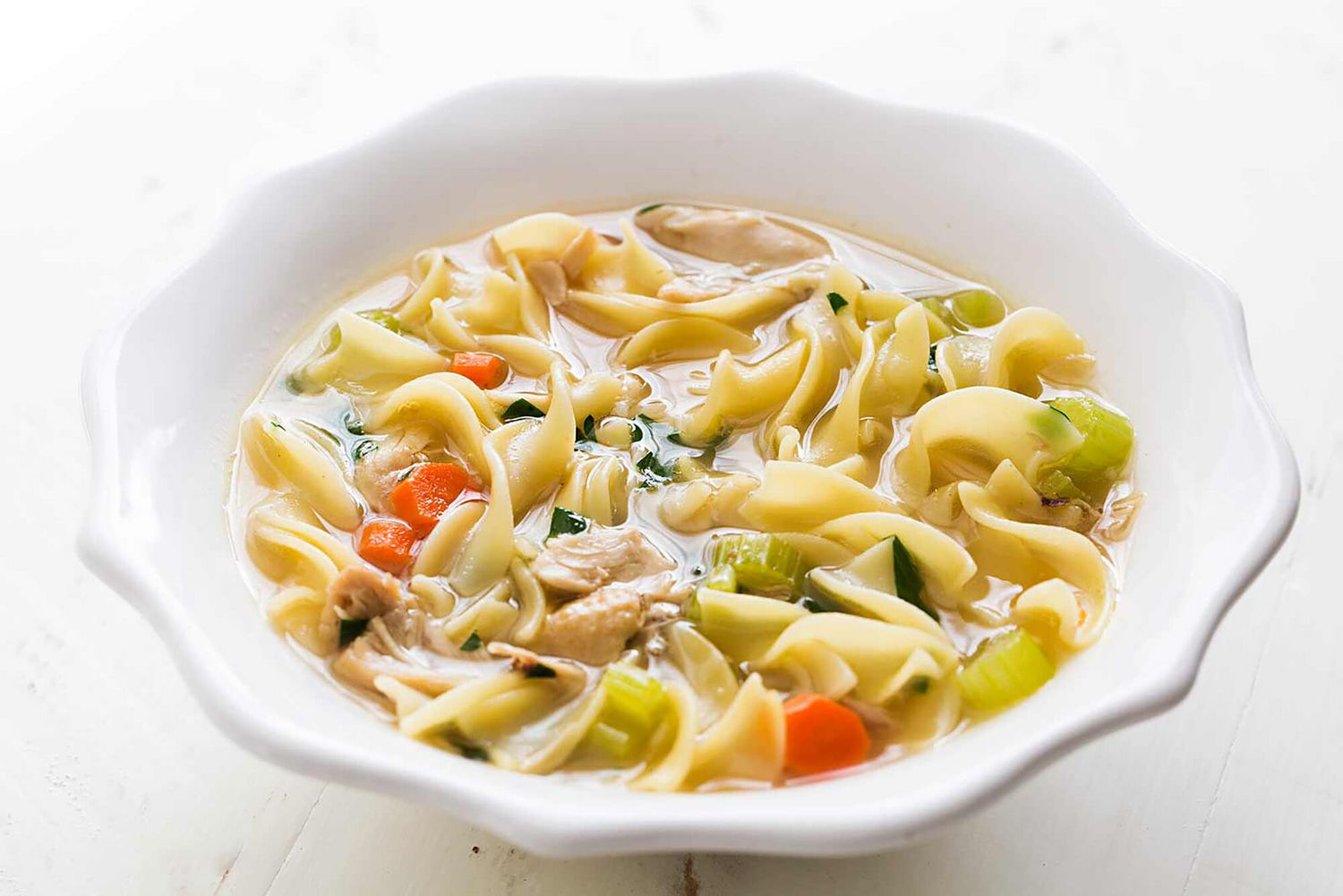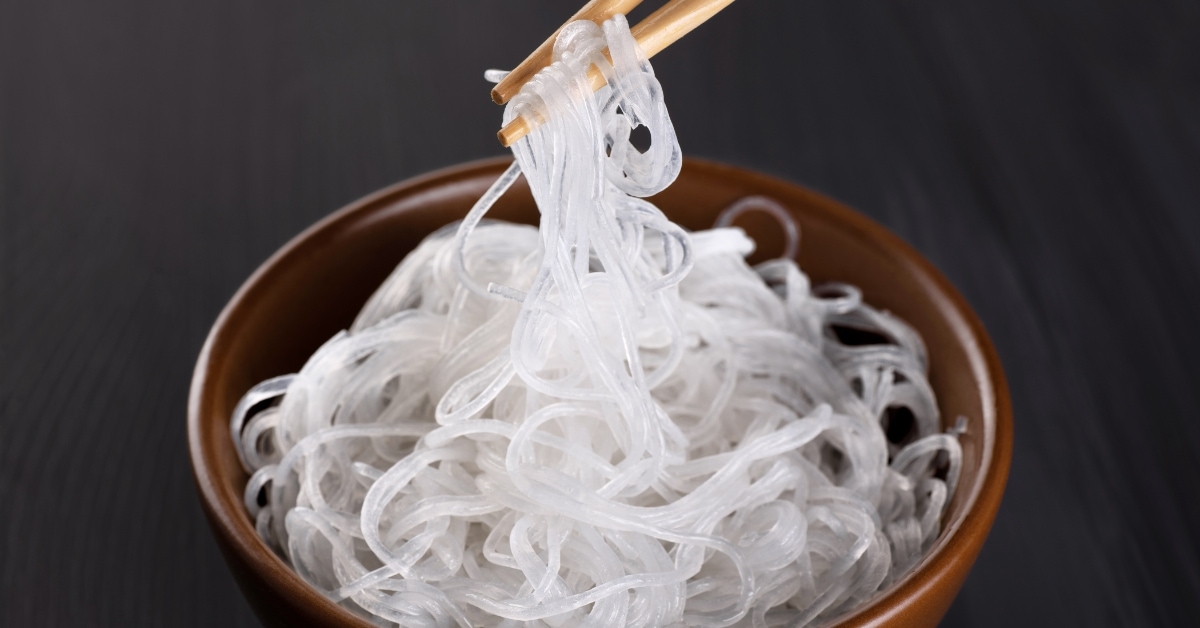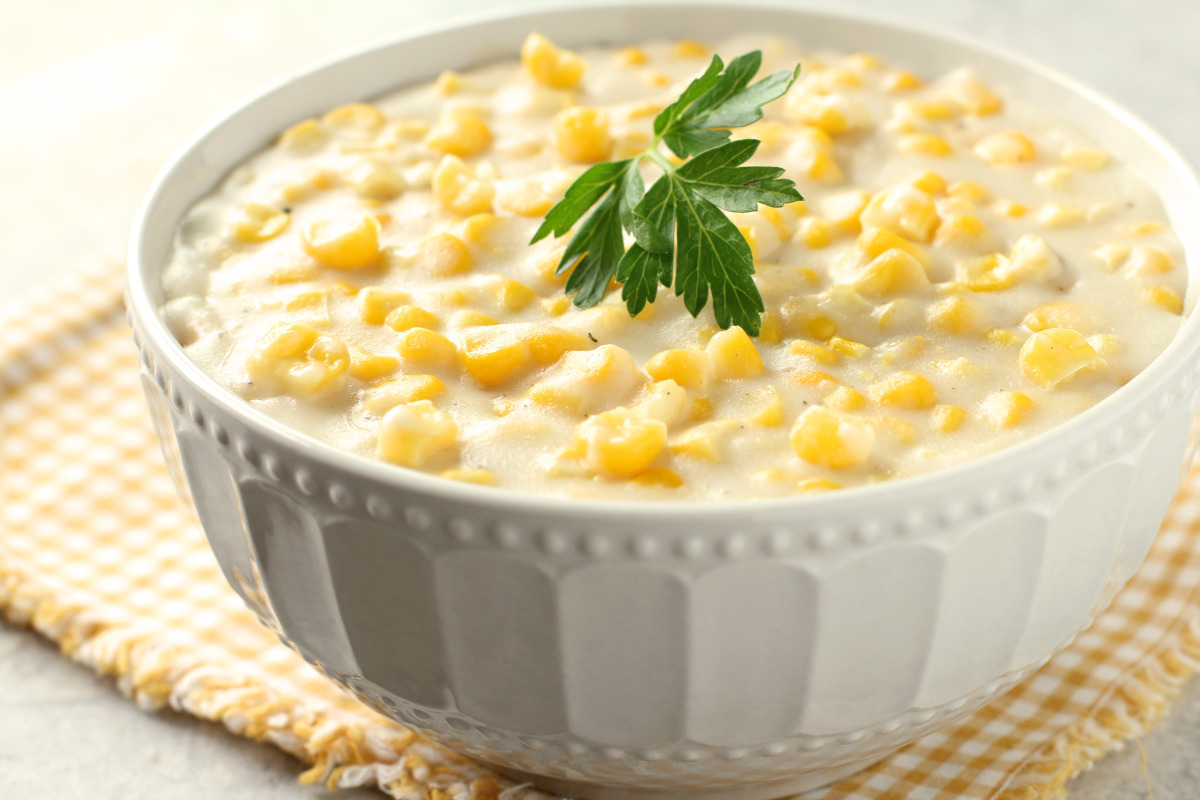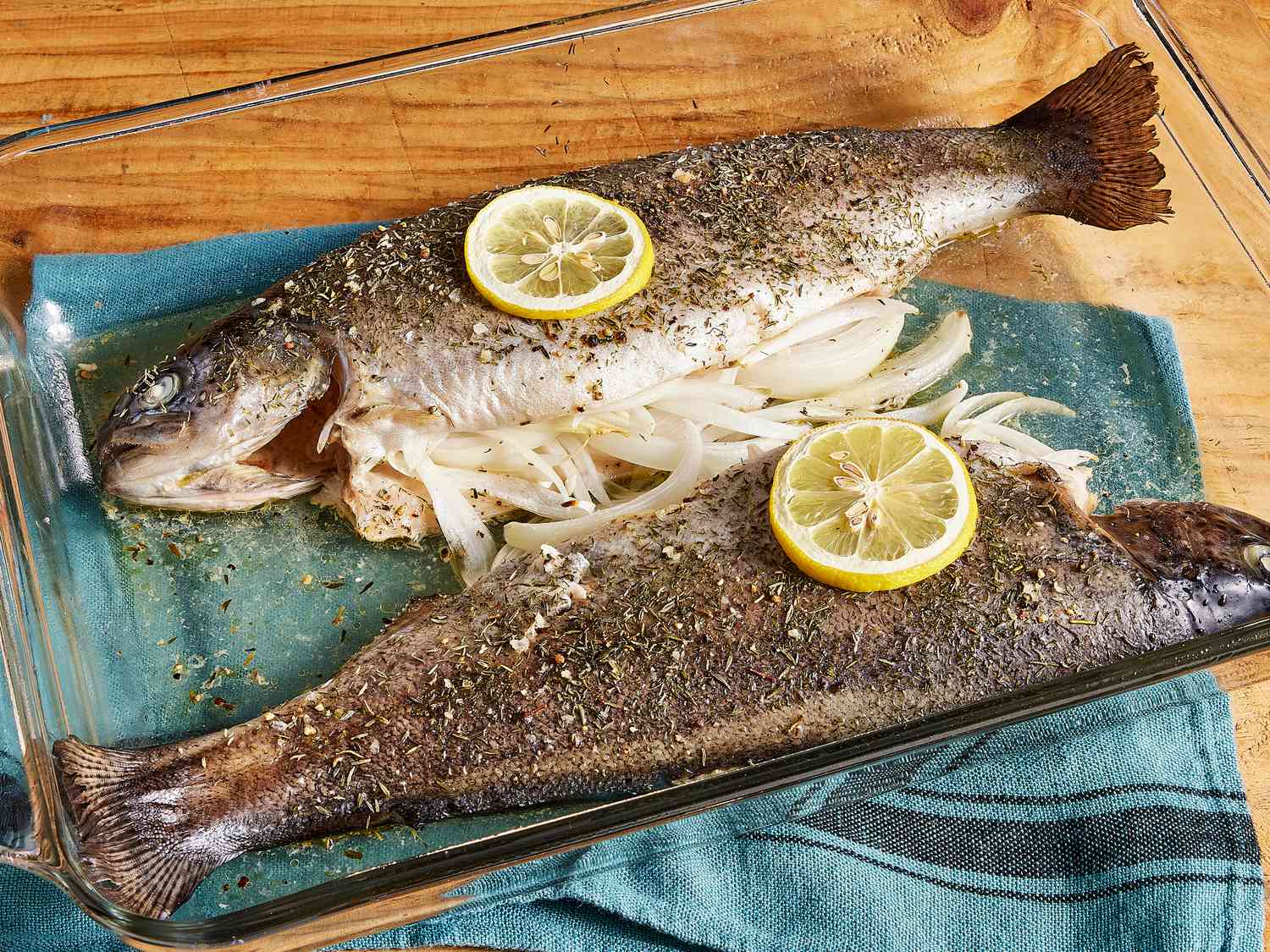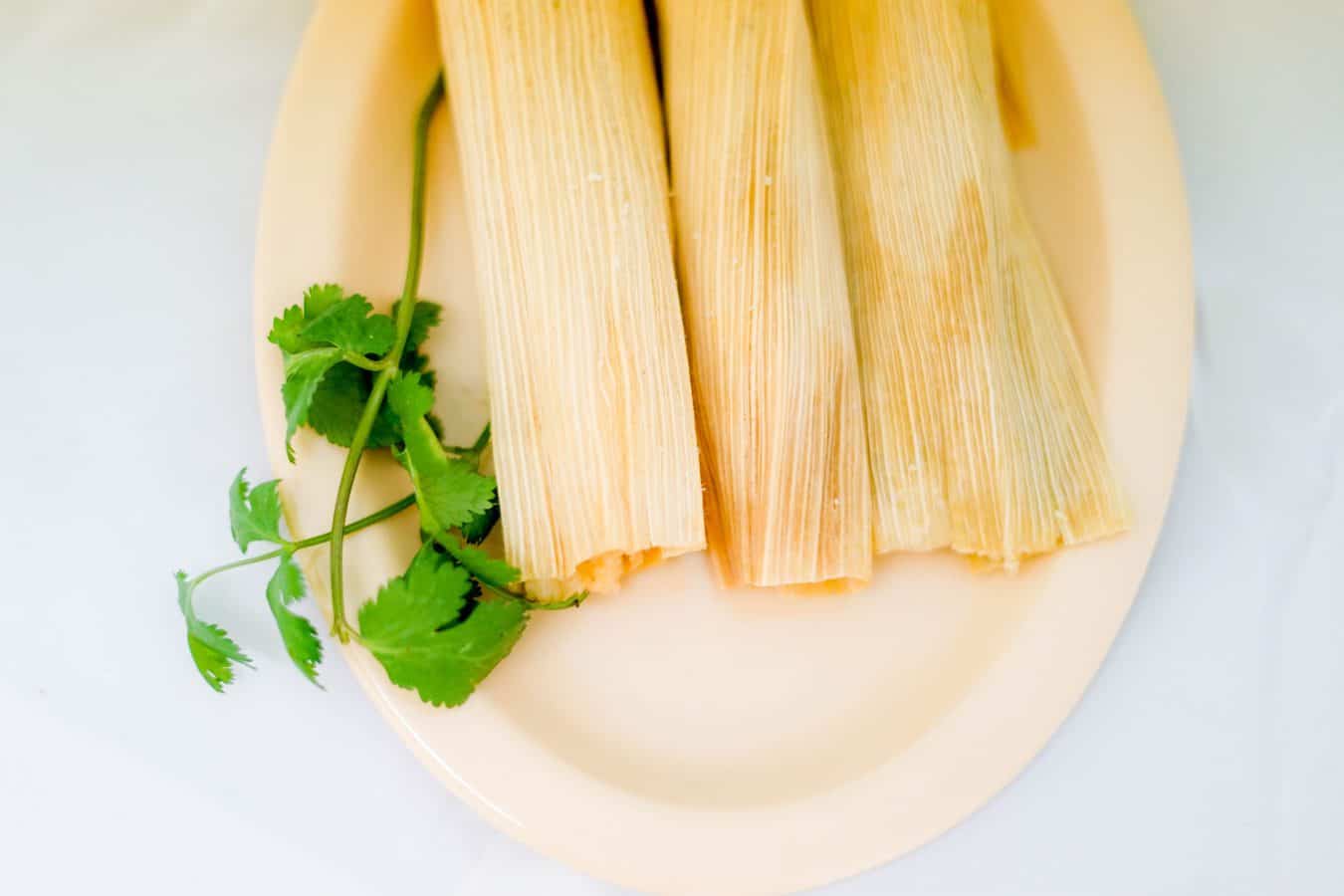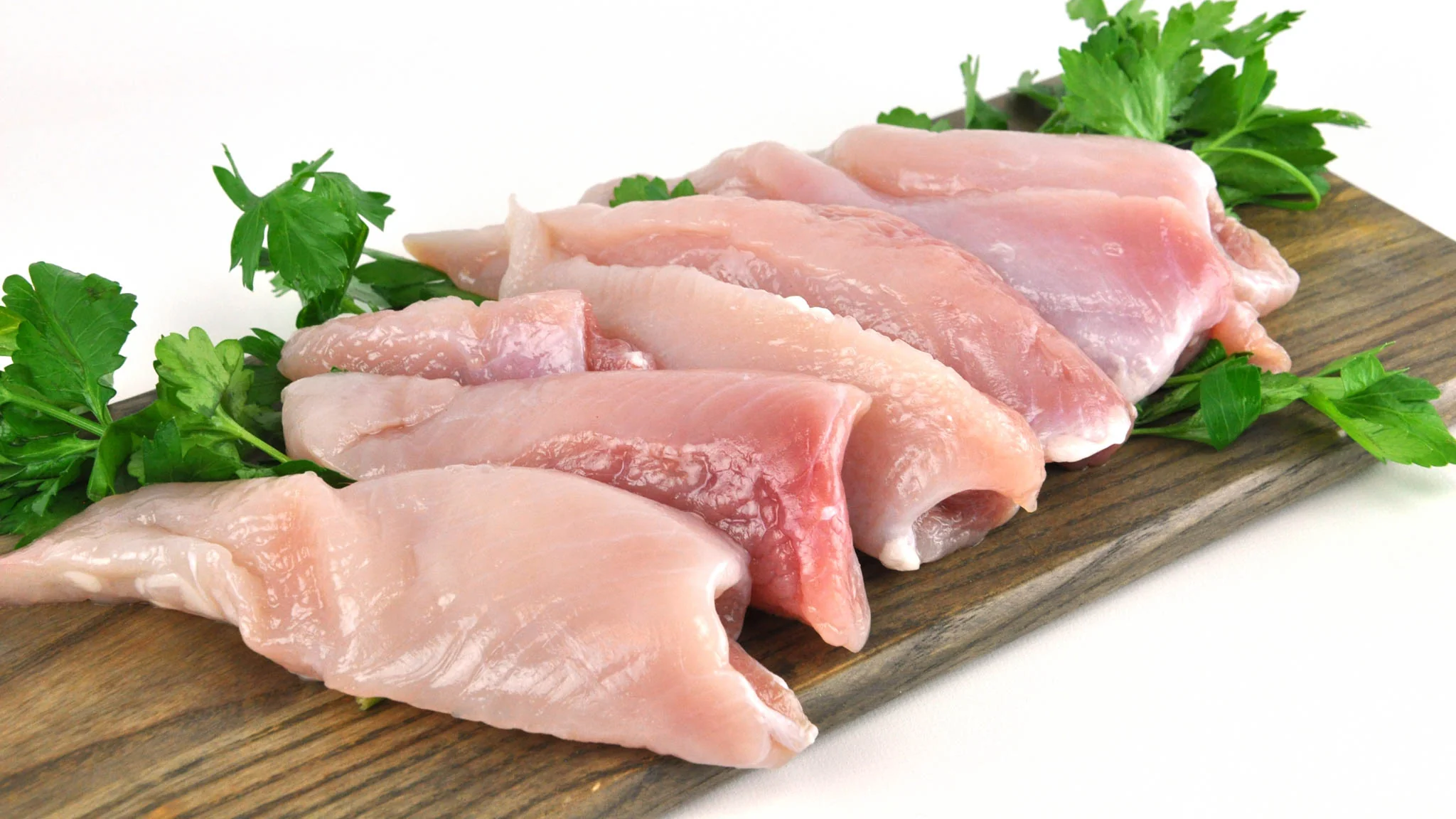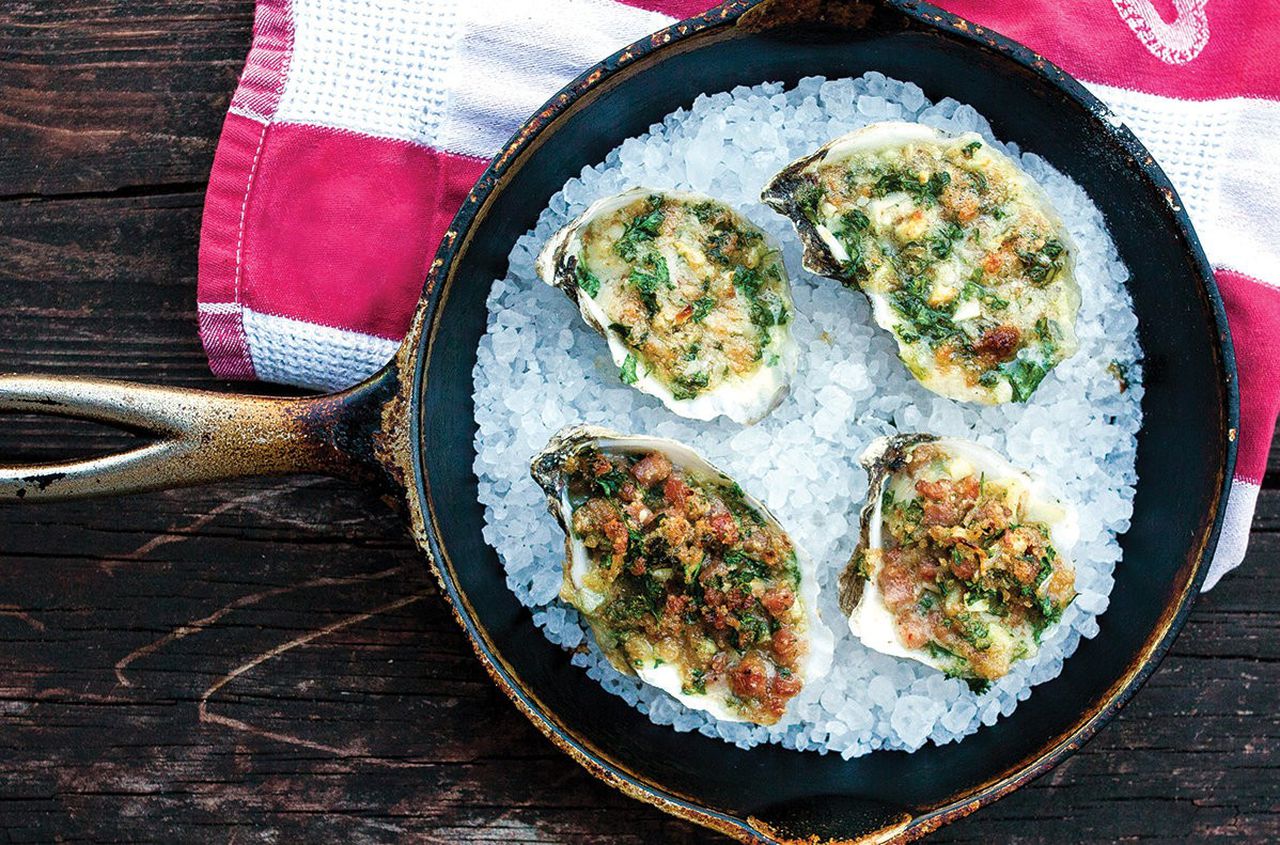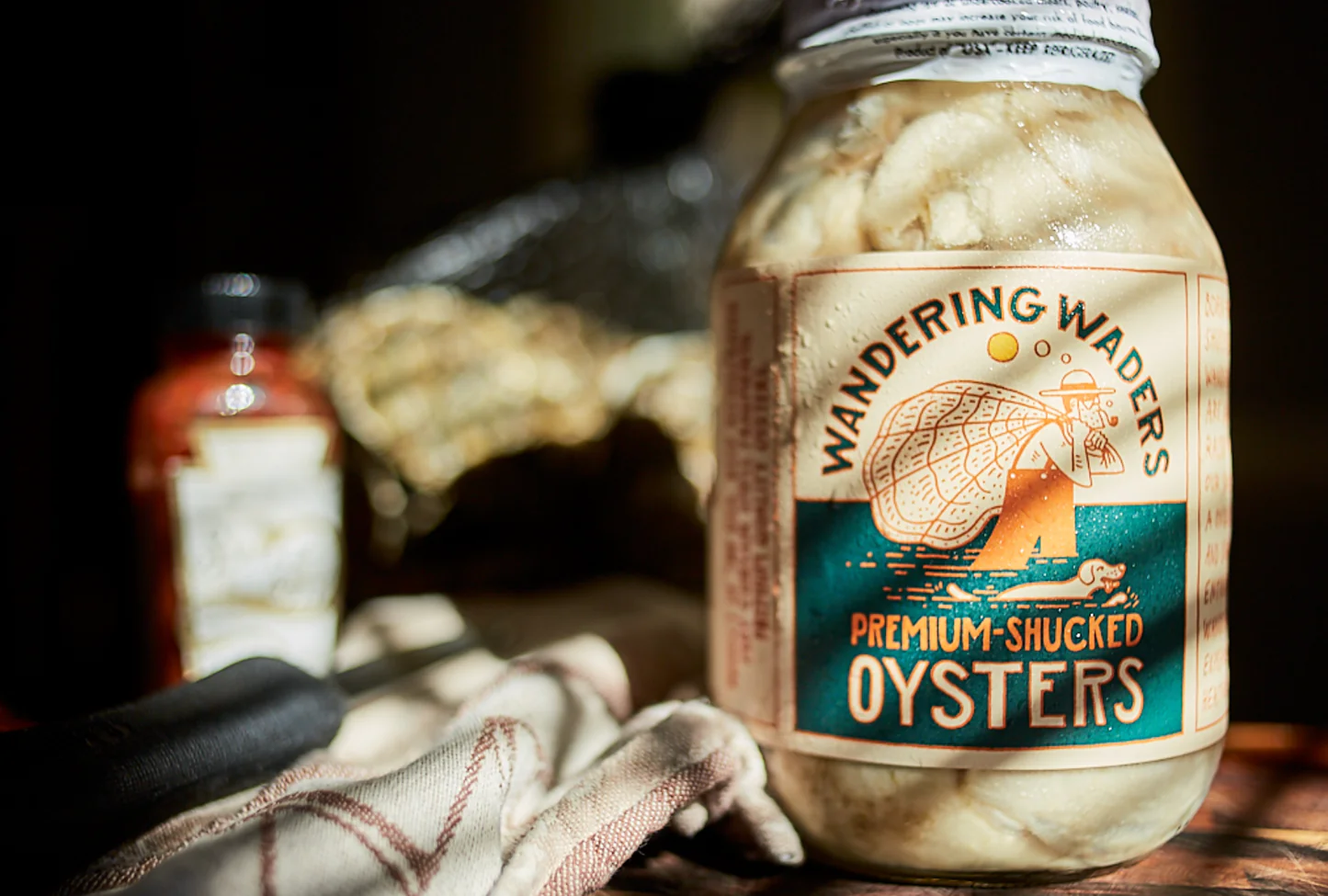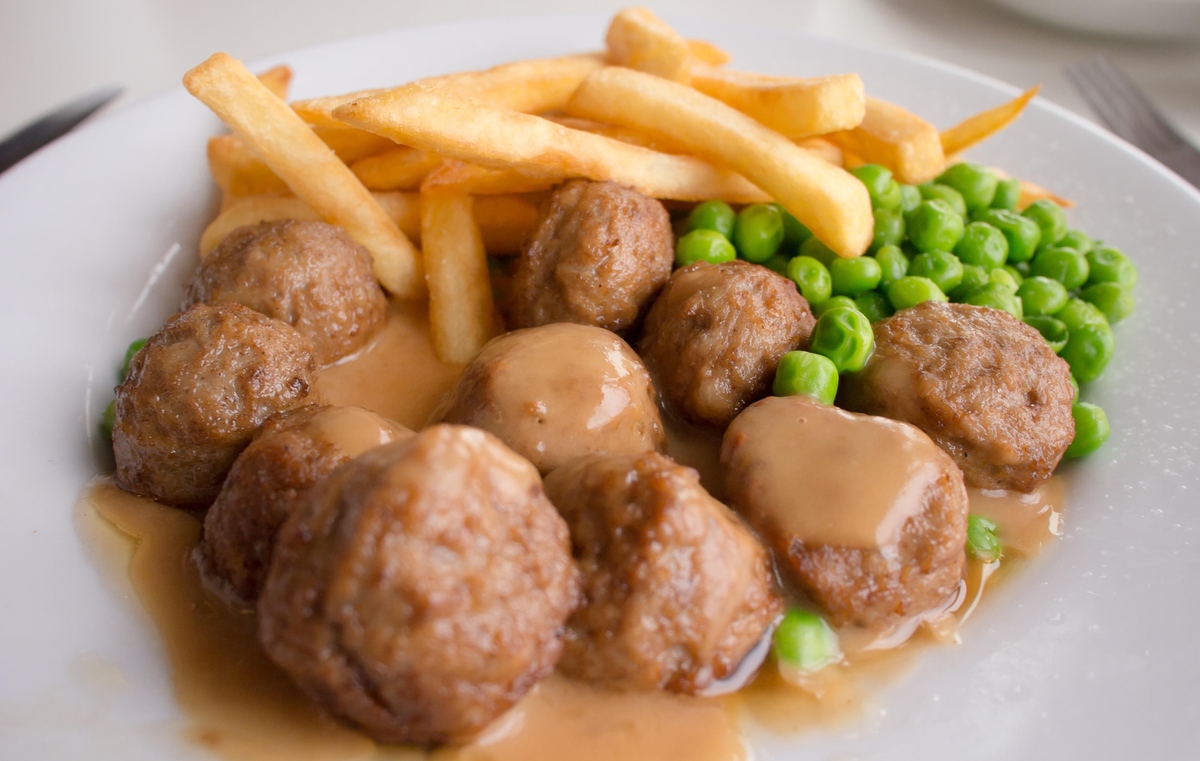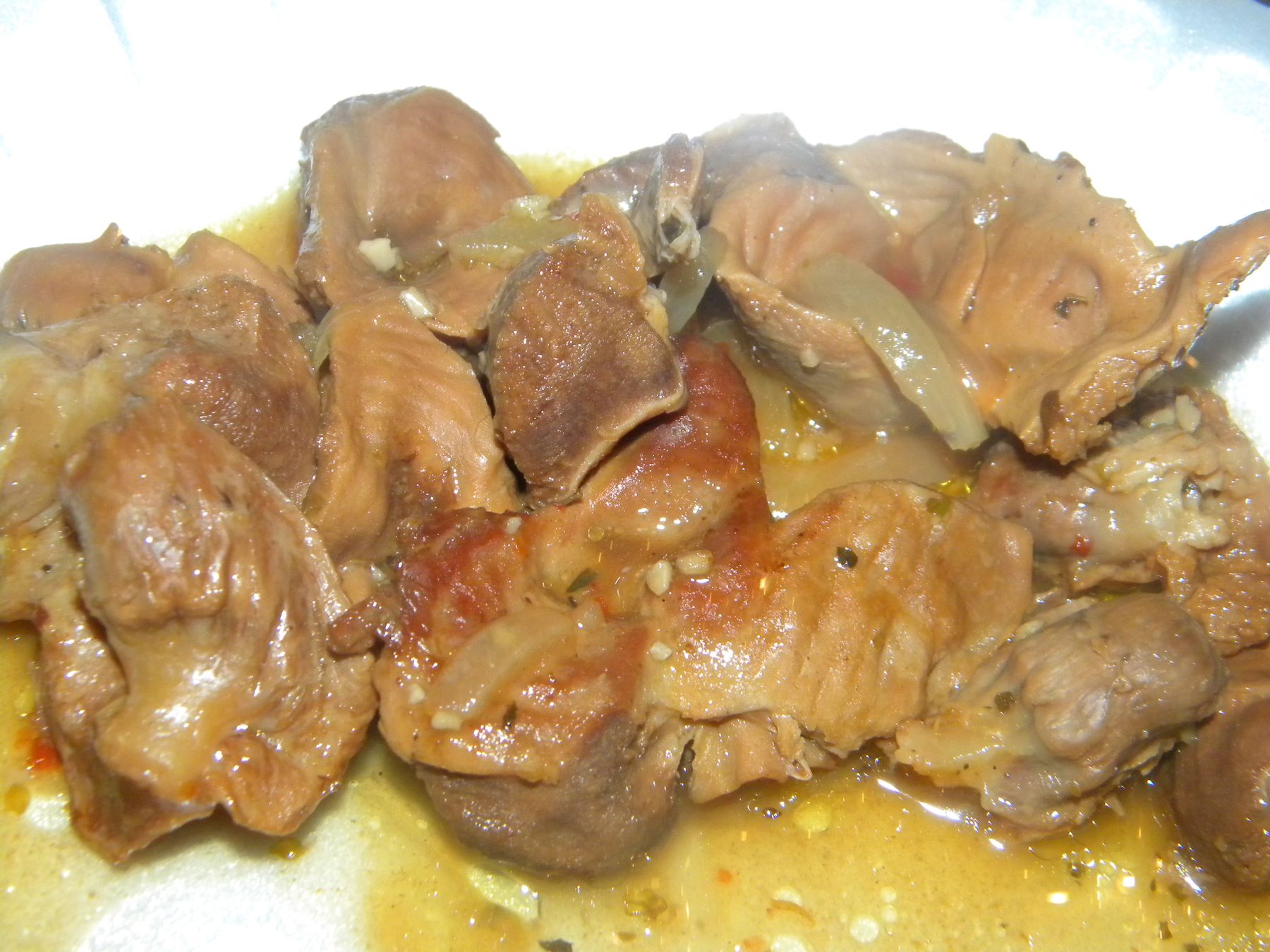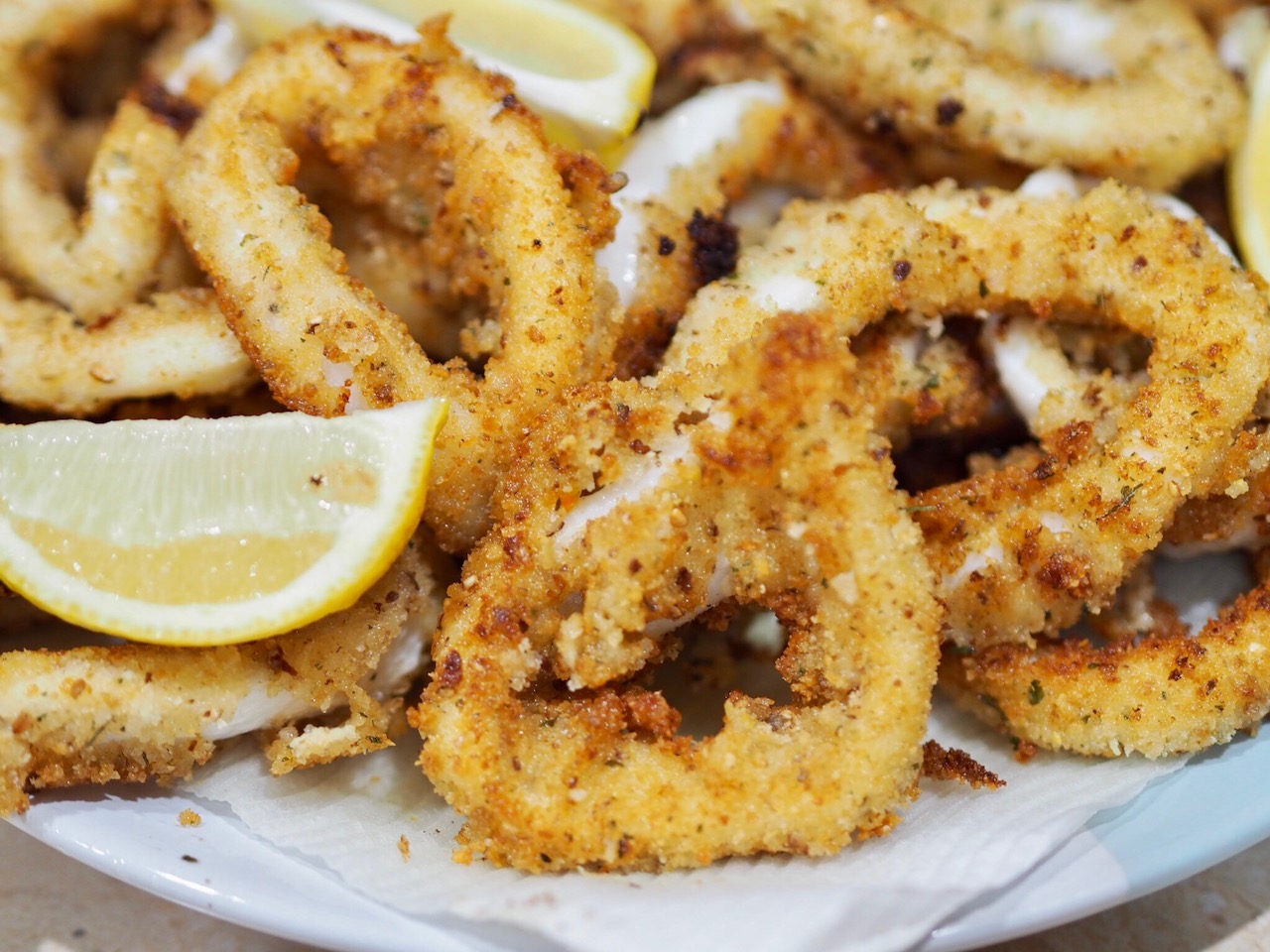How To Cook Purple Cauliflower: A Delightful and Vibrant Addition to Your Meals
If you’re looking to add a pop of color and some nutritional goodness to your meals, purple cauliflower is the way to go. This vibrant cruciferous vegetable not only looks stunning on your plate but also offers a range of health benefits. In this article, we’ll dive into the various cooking methods for purple cauliflower, so you can enjoy its unique flavor and striking purple hue.
Why Choose Purple Cauliflower?
Purple cauliflower is not just a feast for the eyes; it’s also packed with essential nutrients. The vibrant purple color is due to the presence of anthocyanins, which are powerful antioxidants that help protect your cells from damage. Additionally, purple cauliflower contains many of the same health benefits as its white counterpart, such as being an excellent source of vitamin C, vitamin K, and fiber.
1. Roasting
Roasting purple cauliflower is a simple yet delicious way to enhance its natural flavors. Start by preheating your oven to 425°F (220°C). Cut the cauliflower head into florets, making sure they are similar in size to ensure even cooking. Toss the florets in olive oil, sprinkle with salt and pepper, and spread them out in a single layer on a baking sheet. Roast for about 25-30 minutes or until the florets are tender and caramelized, turning them once halfway through for even browning.
2. Steaming
Steaming purple cauliflower is an excellent option if you want to retain its vibrant color and maximize its nutritional value. Start by bringing a pot of water to a boil. Meanwhile, cut the cauliflower into florets. Once the water is boiling, place the florets in a steamer basket and steam for approximately 5-6 minutes or until they are tender but still crispy. Remember to keep an eye on them to avoid overcooking.
3. Stir-Frying
Stir-frying purple cauliflower is a quick and flavorful method that maintains its vibrant color. Heat a tablespoon of oil in a wok or large skillet over medium-high heat. Add the cauliflower florets along with other favorite stir-fry vegetables like bell peppers, carrots, or snow peas. Stir-fry for about 4-5 minutes or until the vegetables are tender-crisp. You can create a delicious sauce by combining soy sauce, garlic, ginger, and a touch of honey.
4. Grilling
Grilling purple cauliflower adds a smoky and charred flavor to this already unique vegetable. Preheat your outdoor grill or grill pan to medium-high heat. Cut the cauliflower into thick slices or leave them in halves if they are small. Brush the cauliflower slices with olive oil and sprinkle with your favorite seasonings. Grill for approximately 8-10 minutes, turning them once or twice, until they are tender and lightly charred.
Whether you choose to roast, steam, stir-fry, or grill purple cauliflower, there’s no doubt that it will add a touch of elegance to your meals. Enjoy its vibrant color, delicate flavor, and the nutritional benefits it brings. Don’t be afraid to get creative and experiment with seasonings and sauces to make the most of this fantastic vegetable.
So, next time you spot that mesmerizing purple cauliflower in the store, don’t hesitate to grab it. Your taste buds and your body will thank you!
For those eager to experiment in the kitchen, there are several standout recipes to try. The Roasted Purple Cauliflower with Garlic and Herbs is a simple yet flavorful option, perfect for highlighting the vegetable's natural beauty. If you're in the mood for something refreshing yet satisfying, the Purple Cauliflower Salad with Citrus Dressing offers a zesty twist. For a unique main course, Purple Cauliflower Tacos with Avocado Crema bring a vibrant and healthy alternative to traditional tacos. Each of these recipes not only showcases the versatility of purple cauliflower but also provides a delicious way to enjoy this colorful veggie.
Was this page helpful?
Read Next: How To Cook Cheddar Brats
